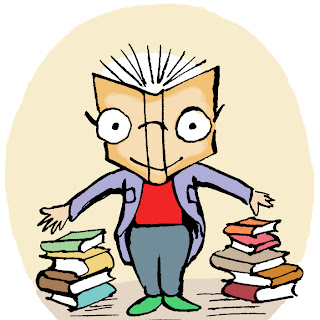MIDDLE GRADE KNOWHOW Creating believable baddies
Do you need to make your villain vile and your rogue rotten? When it comes to kid lit, bad language and dubious habits might just scupper your submission. Huw Powell offers some solutions.
Villains tend not to be very nice people so it can be a challenge to create credible wrong-doing characters for middle-grade readers while keeping your story child-friendly.
In real life, pirates are morally corrupt criminals who steal, drink, smoke, swear and kill. My editor asked me to tone these things down for the first book, but I wanted my space pirates to be believable. So where to draw the line?
Swearing – if swear words are inappropriate, try using softer words, such as blasted, ruddy or flaming. Making up your own bad language is a fun way to avoid the real thing. How about rankful (rank + awful), chumpty (chump + numpty) or wretchard (wretch + blaggard). Alternatively, don’t use any words at all, simply state that a character ‘cursed’ or ‘swore out loud’. In Spacejackers, I used pirate themed wordplay, such as ‘kiss my cutlass’ and ‘move your aft’.
 |
| Just bad enough! Make sure your villain gets aptly punished. |
Stealing – it’s okay for characters to commit crimes (especially villains), as long as they are punished, or they find a way to make amends, such as James Choke turning spy in Cherub, or Long John Silver saving Jim Hawkins in Treasure Island.
Drinking – references to alcohol, pubs and bars should be limited for younger audiences and certainly not glorified. If possible, make up your drinks to reduce real-world association, such as butterbeer or firewhiskey in Harry Potter.
Smoking – the world has moved on since the pipe-smoking Hobbits in The Lord of the Rings. There’s rarely a need to include tobacco in children’s books unless it’s essential to the plot (e.g. the only way to start a fire).
Killing – if you need to include violence, avoid excessive blood and gore (unless you’re Darren Shan). A simple description will suffice, such as ‘the gun fired and the intruder crumpled to the ground’ or ‘she cut down the guard with a swipe of her sword’. It also helps if the victims are ‘faceless’ (e.g. Stormtroopers). If you really need a character to suffer, make sure they deserve it.
Finally, try to avoid obvious tropes, such as making your villains brutish, scarred or ugly. Why not reverse these clichés, as Philip Reeve did with the handsome Thaddeus Valentine in Mortal Engines.
Huw Powell is the author of the middle-grade Spacejackers trilogy, published by Bloomsbury and W F Howes. His first novel was Literature Works’ 'Book of the Month' and was shortlisted for the Teach Primary 'New Children's Fiction Award'. Huw is an active supporter of initiatives that encourage children to read. He lives with his wife and two sons in Portishead, North Somerset.
Helen Liston is KnowHow Editor. If you have any ideas for KnowHow topics, get in touch at knowhow@britishscbwi.org.












No comments:
We love comments and really appreciate the time it takes to leave one.
Interesting and pithy reactions to a post are brilliant but we also LOVE it when people just say they've read and enjoyed.
We've made it easy to comment by losing the 'are you human?' test, which means we get a lot of spam. Fortunately, Blogger recognises these, so most, if not all, anonymous comments are deleted without reading.